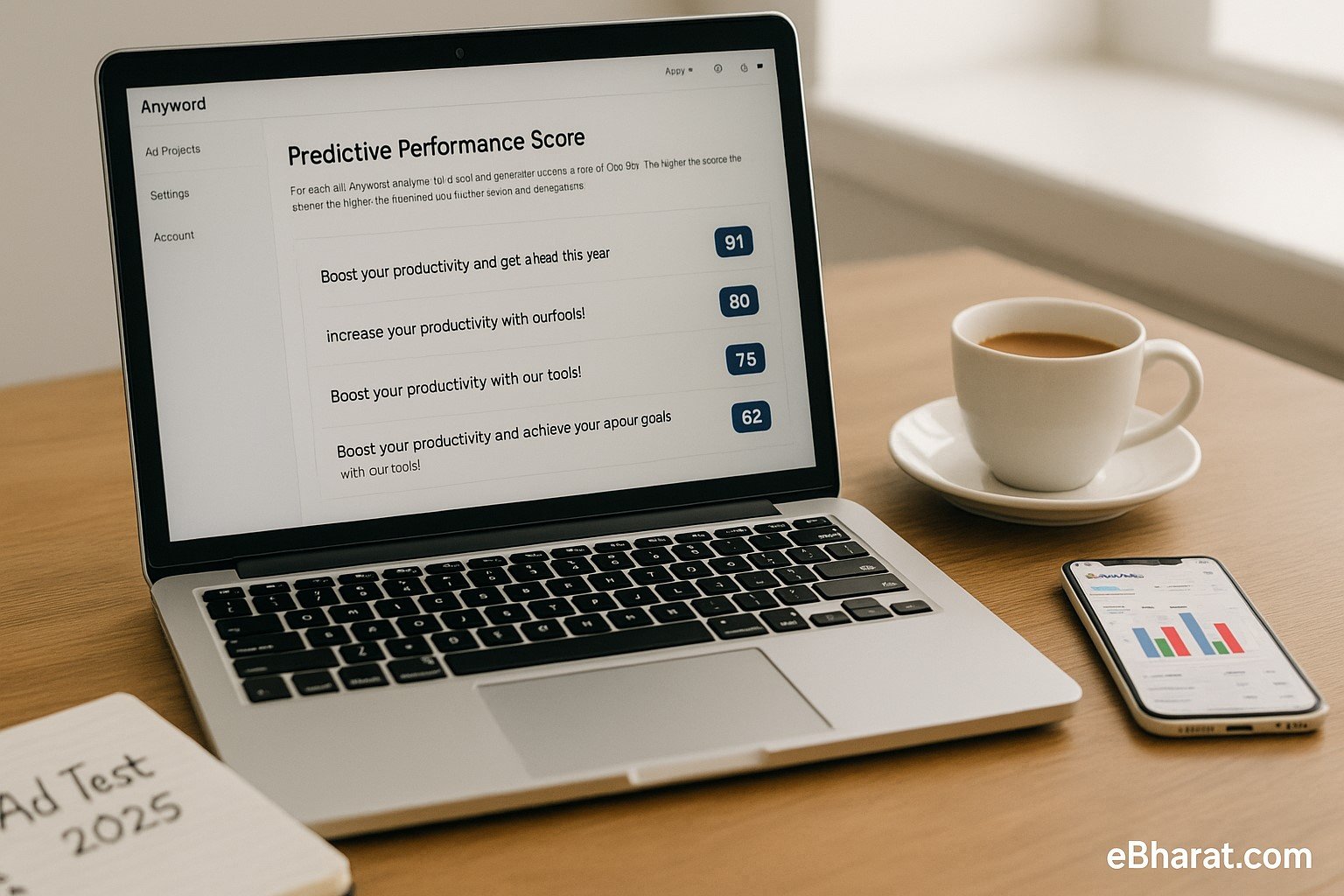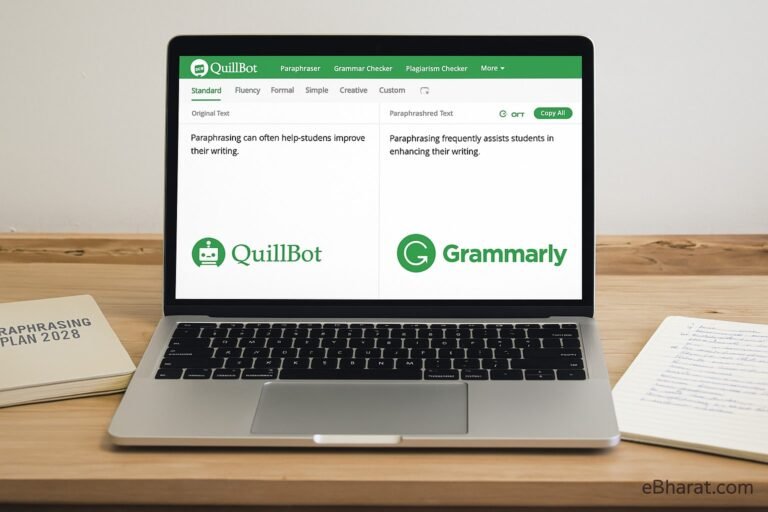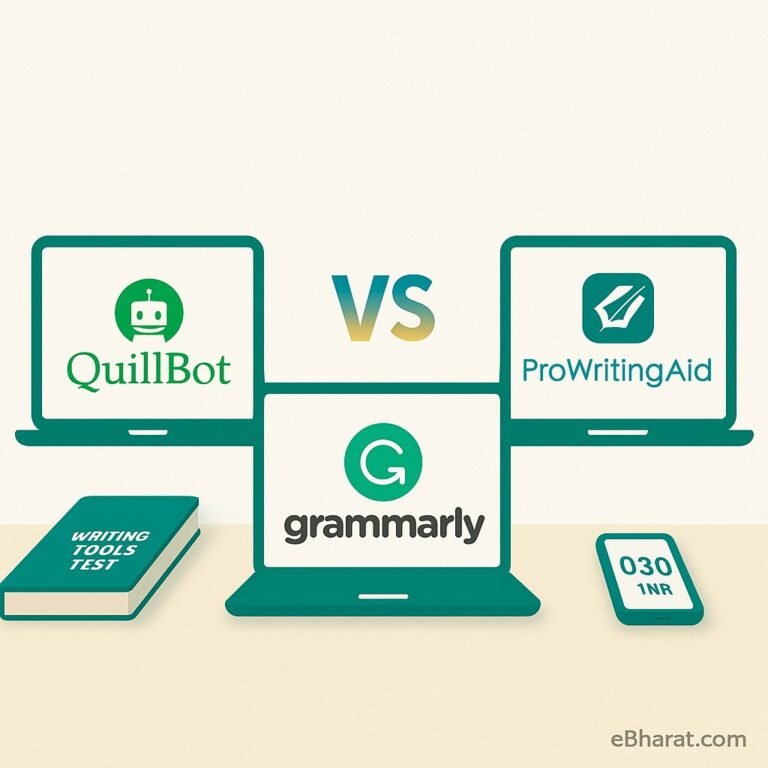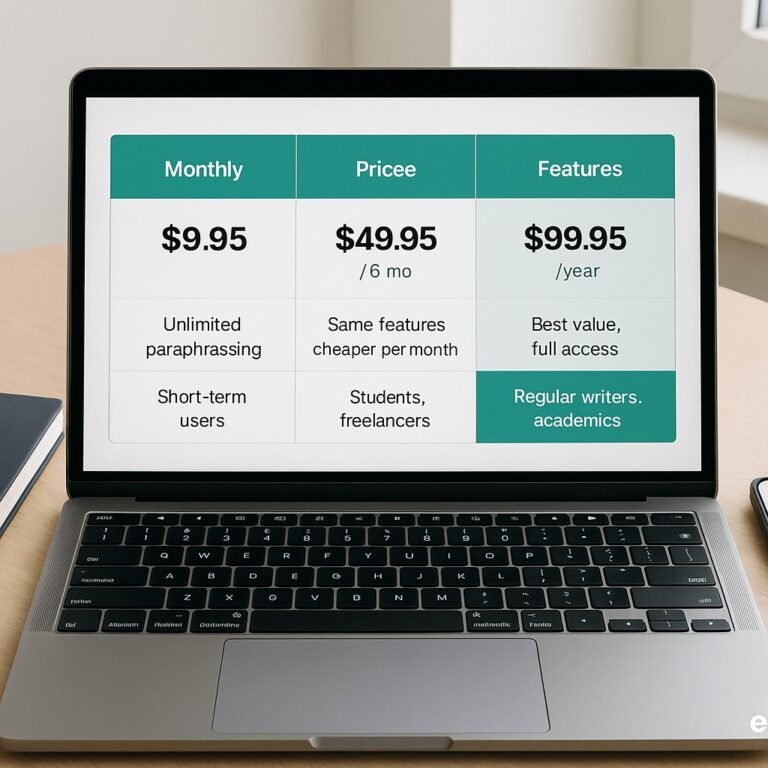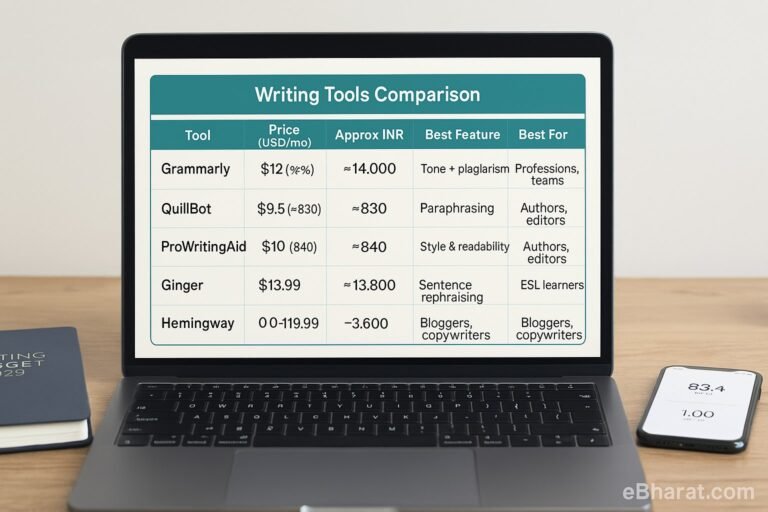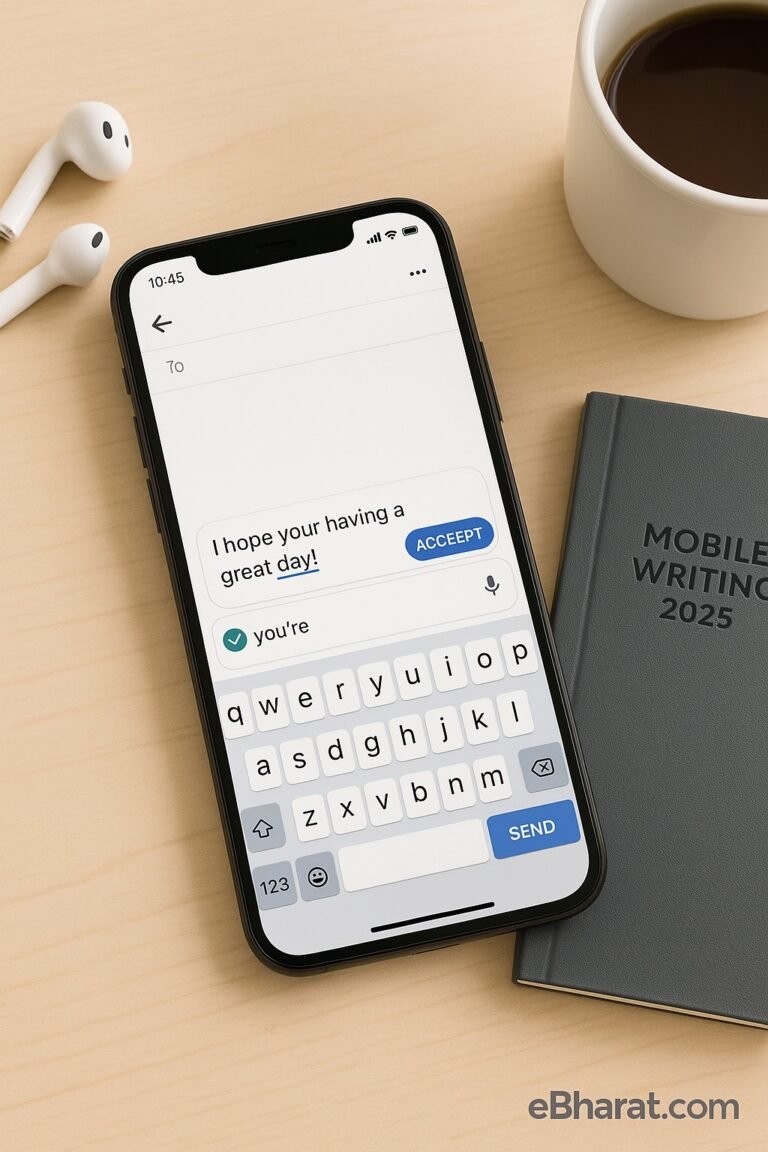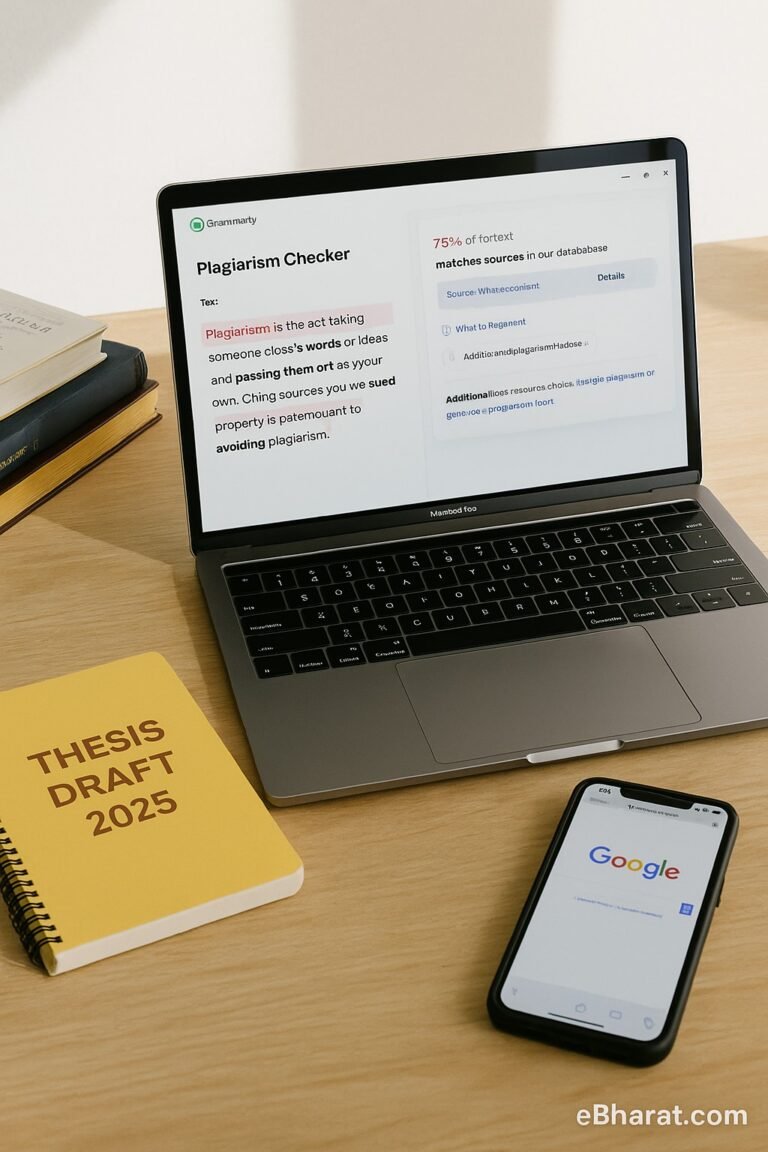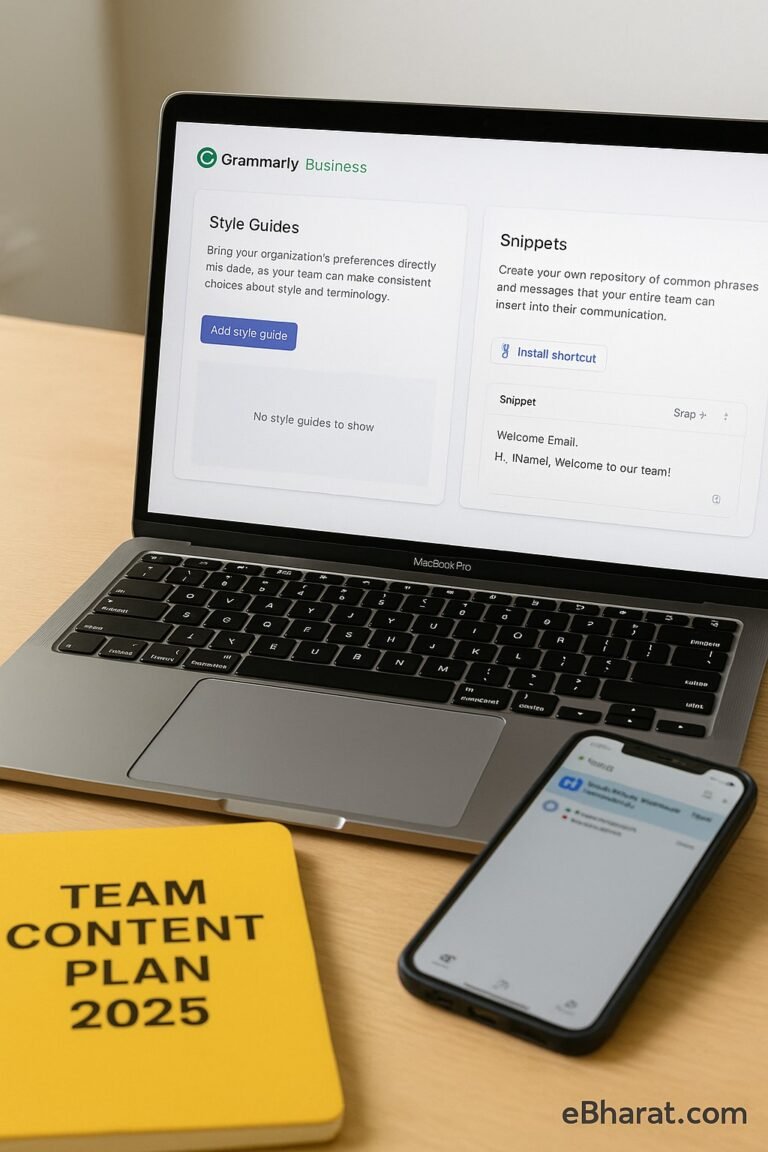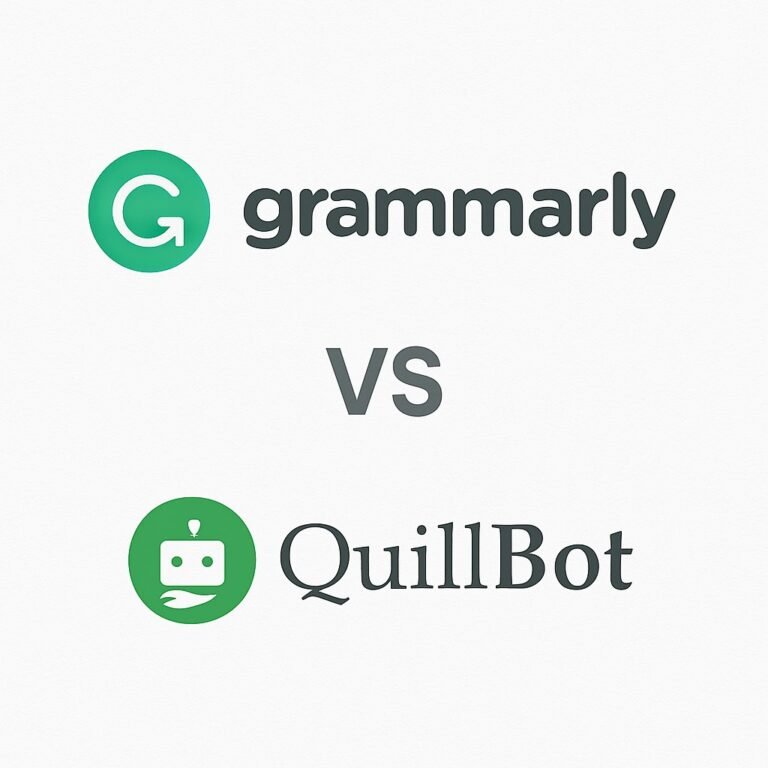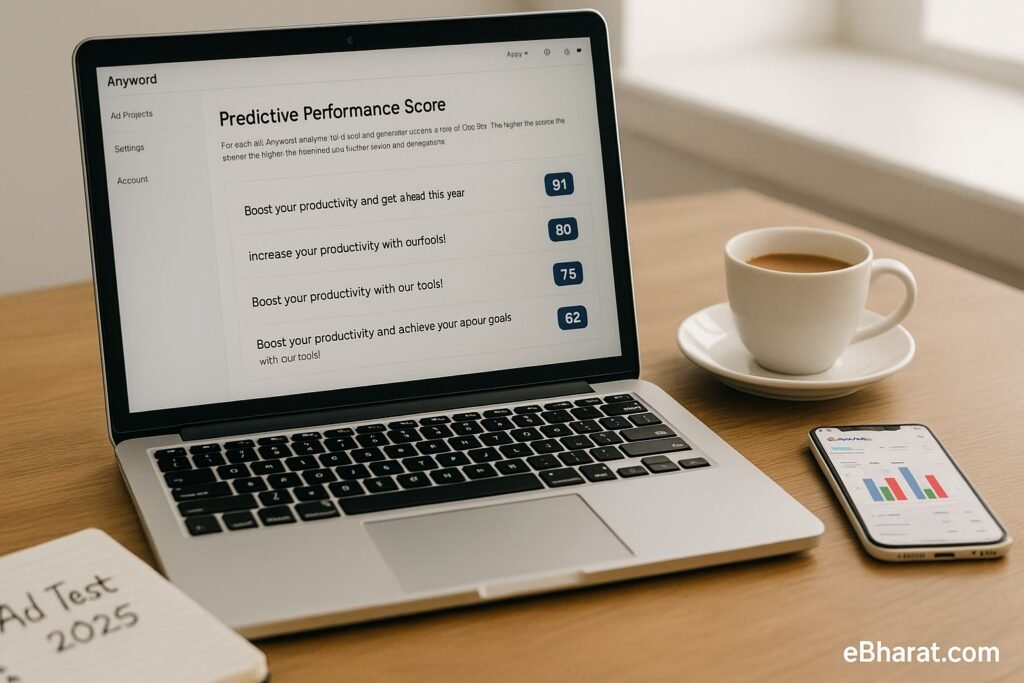
Picking ad copy or landing page headlines shouldn’t feel like guesswork. Anyword’s Predictive Performance Score gives you a data-backed way to see which line is more likely to convert before you even run the campaign. In this step-by-step guide, we’ll show how Indian marketers can use it to save time, reduce costs, and improve results in 2025.
India snapshot
- Pricing shown in USD on the official page. No INR billing or UPI/GST invoice details are advertised at checkout. Confirm on the pricing page before subscribing.
- Trial: 7 days. Word allowance may be limited during trial
- Support: Global hours via help docs, chat, and email.
- Use cases for India: D2C ads, fintech landing pages, education lead gen, and e-commerce product pages.
Step-by-step: Using Predictive Performance Score
1) Start a project and pick your channel
Open Anyword and choose where your copy will run. Facebook Ads. Google Ads. LinkedIn. Landing page. Scores are channel-aware, so pick the real destination.
2) Set audience and goal
Add your audience hints. Region, pain points, desired action. If it’s for India, mention city or state, typical price bands in INR, and compliance notes if needed.
3) Generate or paste copy
You can have Anyword generate several variations or paste your current draft. The tool will grade each variation with a 0–100 score that estimates performance.
4) Read the score like a marketer
Use this quick rule of thumb.
- 50 ≈ average for your goal on that channel.
- 70+ is strong.
- 80+ is top-tier and worth testing first.
That guidance comes from how Anyword benchmarks against large corpora of similar messages.
5) Follow the improvement tips
Anyword surfaces actionable suggestions tied to the score. Shorten a line. Clarify value. Nudge the CTA. Apply edits and regenerate to see if the score climbs.
6) Localize for India
Tune currency to ₹. Add COD or UPI accepted if your flow supports it. Mention delivery windows and GST info on landing pages. These tweaks often lift CTR in Indian campaigns.
7) Lock your shortlist
Keep two or three high-scoring variants for each asset. One safe. One bold. One with a different angle like social proof.
8) A/B test in the wild
Publish your shortlist. For websites, run on-page experiments to compare headings and CTAs. For ads, split budget across variants. Use the same audience to keep results clean.
9) Close the loop
Move winners into your playbook. Save what worked by channel and audience. Re-run under new promos or seasons.
Real India use cases
- D2C skin-care ads: Generate five headlines. Pick scores above 70. Add free shipping above ₹499. Test “Shop now” vs “See routine”.
- Fintech landing page: Score hero headline options. Keep the one that highlights instant UPI payouts. Add trust badges and RBI-compliant language.
- Ed-tech lead gen: Score email subject lines for a demo drive in Bengaluru. Try “Book a 15-min call” vs “Get a free syllabus”.
Which plan to choose
- Starter ($49/mo): Solo marketers who want scoring and templates without team seats.
- Data-Driven ($99/mo): Small teams. More predictions, more seats, real-time scoring during manual edits.
- Business/Enterprise (custom): Agencies needing more seats, reporting, and advanced copy intelligence.
Tip: Paid plans are positioned for unlimited words. Check the live pricing page for the latest wording and any caps.
Pros and cons (India reality)
Pros
- Score helps you cut weak copy before spend.
- Fast iteration for ads and landing pages.
- Trial lets you test the workflow first.
Cons
- USD billing. INR and UPI are not advertised.
- Scores guide you, but do not guarantee results. You still need real tests.
Quick checklist
- Pick the correct channel before you generate.
- Add audience and India context.
- Keep variants that score 70+.
- A/B test the winners on site or in ads.

